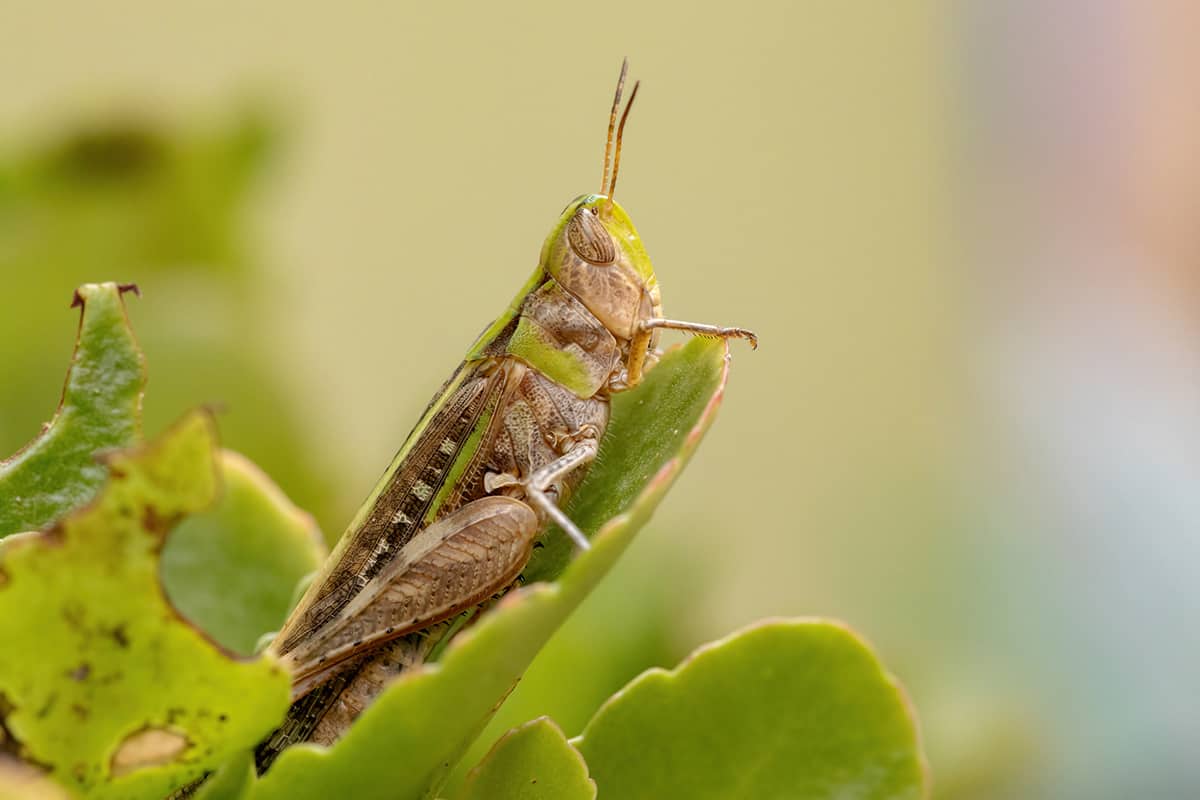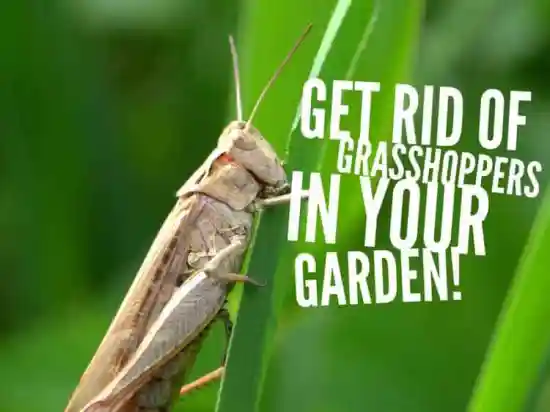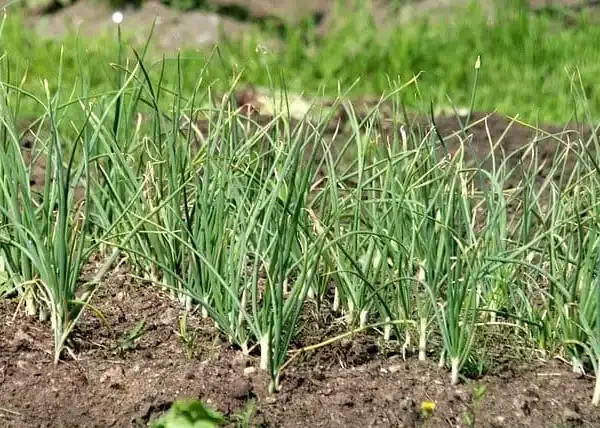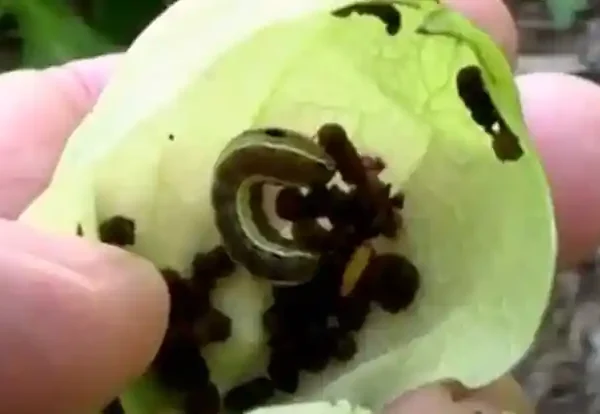Grasshoppers can wreak havoc on gardens, devouring foliage and leaving plants damaged in their wake. In this comprehensive guide, we’ll explore effective strategies for getting rid of grasshoppers and protecting your garden’s greenery. From natural deterrents to eco-friendly pesticides, we’ll cover everything you need to know to keep these voracious pests at bay.
Understanding Grasshoppers: Behavior and Life Cycle
Before delving into control methods, it’s essential to understand the behavior and life cycle of grasshoppers. Grasshoppers are herbivorous insects that undergo incomplete metamorphosis, meaning they hatch from eggs as nymphs and molt several times before reaching adulthood. Adult grasshoppers have strong mandibles and powerful hind legs for jumping, making them formidable pests in the garden.

Identifying Grasshopper Damage in the Garden
Grasshoppers can cause significant damage to a wide range of plants, including vegetables, fruits, and ornamentals. Common signs of grasshopper damage include irregularly shaped holes in leaves, skeletonized foliage, and defoliation of plants. Additionally, grasshoppers may leave behind fecal pellets, known as frass, on plant surfaces.
Natural Methods for Controlling Grasshoppers
One of the most effective natural methods for controlling grasshoppers is encouraging natural predators and beneficial insects in the garden. Predators such as birds, spiders, and predatory insects like praying mantises and ladybugs feed on grasshoppers and help keep their populations in check. Additionally, planting diverse vegetation and providing habitat for beneficial insects can create a balanced ecosystem that naturally regulates grasshopper populations.
Mechanical Control Techniques
Mechanical control techniques can also be effective in managing grasshopper populations in the garden. One method is handpicking grasshoppers from plants and dropping them into a bucket of soapy water to drown. Alternatively, erecting physical barriers such as row covers or mesh netting around vulnerable plants can prevent grasshoppers from accessing them.
Cultural Practices to Deter Grasshoppers
Cultural practices such as crop rotation and sanitation can help deter grasshoppers from infesting the garden. Rotating crops annually disrupts grasshoppers’ feeding patterns and reduces their ability to locate host plants. Additionally, removing weeds and debris from the garden eliminates potential hiding spots and breeding grounds for grasshoppers.
Eco-Friendly Pesticides and Biological Controls
For severe infestations, eco-friendly pesticides and biological controls can provide targeted control of grasshoppers while minimizing harm to beneficial insects and the environment. Botanical insecticides derived from plants such as neem oil or pyrethrin can effectively repel or kill grasshoppers on contact. Additionally, microbial insecticides containing naturally occurring bacteria or fungi can infect and kill grasshoppers without harming other organisms.
Government and Horticultural Recommendations
Governmental and horticultural bodies often provide valuable resources and recommendations for managing grasshopper infestations. The United States Department of Agriculture (USDA) and local agricultural extension offices offer guidance on integrated pest management (IPM) strategies tailored to specific regions and crops. Similarly, academic experts in entomology and horticulture publish research and articles on effective grasshopper control methods based on scientific evidence.
Conclusion
By implementing a combination of natural, mechanical, and cultural control methods, gardeners can effectively manage grasshopper populations and protect their plants from damage. By working with nature and adopting eco-friendly pest management practices, you can enjoy a thriving garden free from the ravages of these voracious pests.
- Best THC Sodas to Buy in Arkansas - May 28, 2025
- Exploring THC-Infused Sodas in Arkansas - May 28, 2025
- THC Beverages Now Trending in Alabama - May 28, 2025




